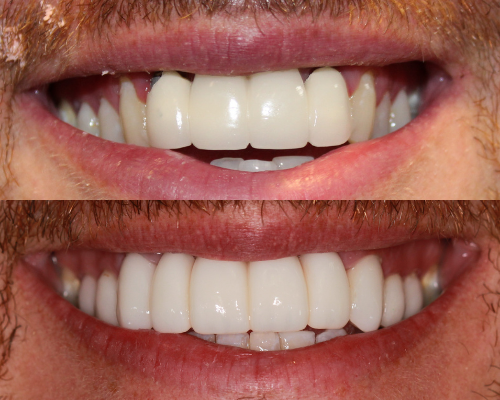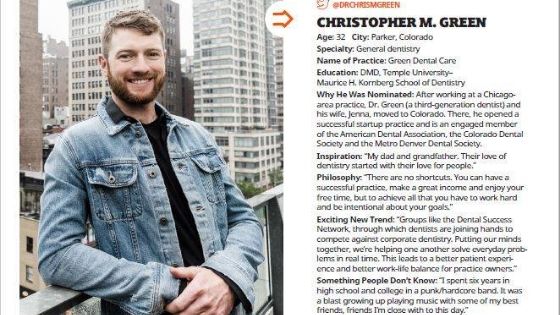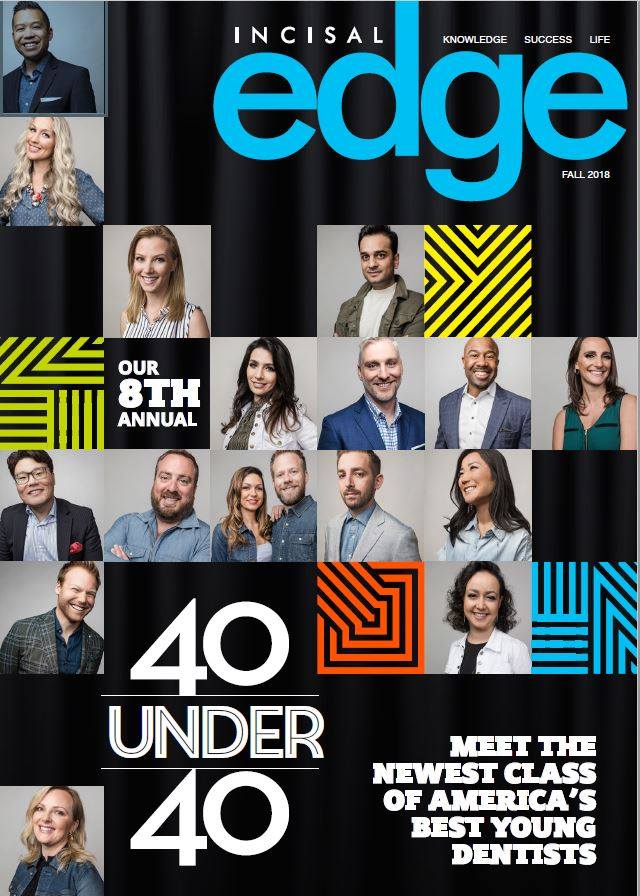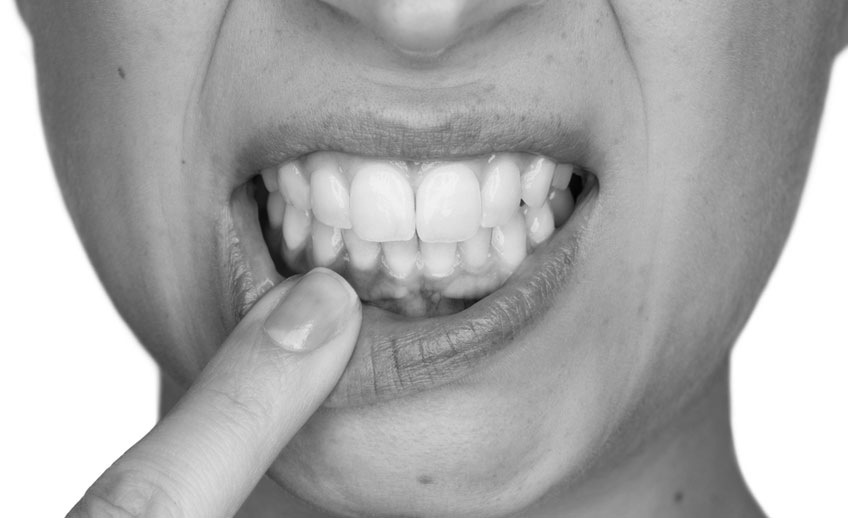What to Consider Before You Choose a Dentist

Are you new to Parker, Colorado, or don’t love your dentist? Or maybe you have switched dental insurance plans and you need to find another service provider? Whatever your reasons for needing a new dentist are, you’ll need to exam the following to make the right choice. In this article, we discuss the 5 things to consider before you choose a dentist.
Is the Dentist in Your Current Provider Network?
We asked our friend, Dr. Kristina Neda, a dentist in Georgetown, KY, about choosing a new dentist. Dr. Neda explains that you need to pay special attention to your dental insurance plan during your selection process. Only shortlist dentists who participate in the dental insurance plan to which you belong.
If you aren’t sure about this particular factor, talk to your primary healthcare provider (your doctor) and ask him or her to give you a list of participating dentists in your area.
Alternatively, you could visit the website of your dental insurance provider and extract a list of the dentists who are service providers in that network. The HR department at your place of work can also be helpful in this regard since the company could be having an updated list of the different participating dentists that company employees can see.
Should You Restrict Yourself to ADA Members Only?
You may have read or seen numerous recommendations advising people to only see dentists who are registered with the American Dental Association (ADA). This advice is primarily aimed at helping patients to identify a high-quality dentist in Parker, CO.
However, ADA membership isn’t the only factor that shows that a dentist is competent. For example, other professional associations for dentists exist and these include the Academy of General Dentistry, American Academy of Dental Sleep Medicine (AADSM) and American Academy of Oral Systemic Health.
A dentist is free to choose which professional body to belong to based on his or her own needs. For example, one dentist may prefer to associate with the American Academy of Dental Sleep Medicine because he or she has a keen interest in helping patients with sleeping disorders, such as teeth grinding, which affect their oral health.
Once a dentist enrolls as a member of a given academy or dentists association, he or she must adhere to the code of conduct of that body in addition to undertaking continuing education classes with them.
Dr. Chris Green also points out that one pays to be a member of those bodies, but the associations aren’t very vigilant in enforcing the standards indicated in the code of conduct.















